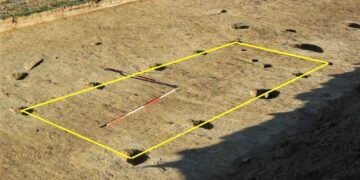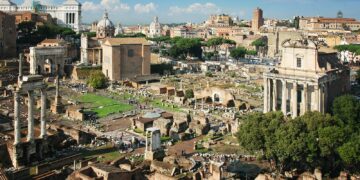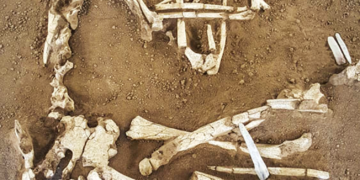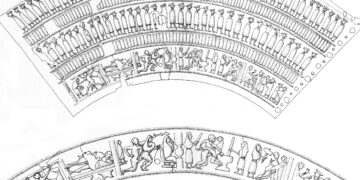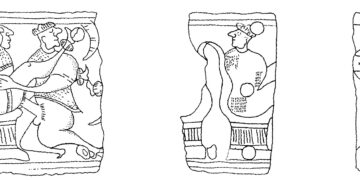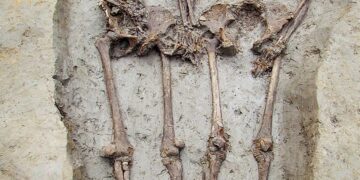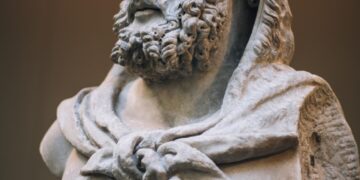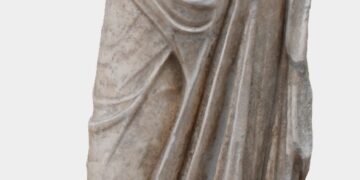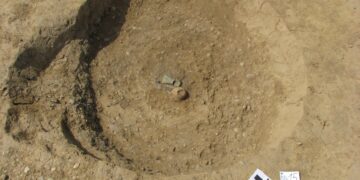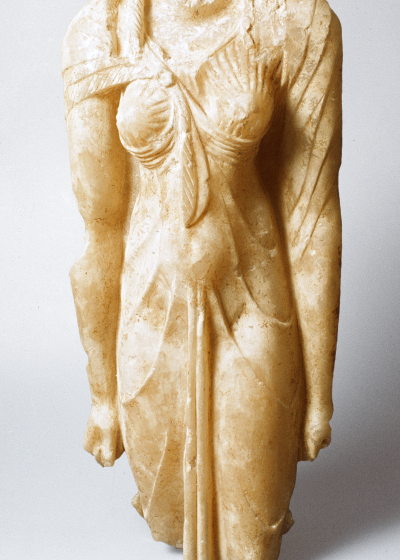If there was one aspect of the Hellenistic civilization, which served more than others to accent the contrast with Hellenic culture, it was the new trend in religion. The civic religion of the Greeks as it was in the age of the city-states had now almost entirely disappeared. For the majority of the intellectuals, its place was taken by the philosophies of Stoicism, Epicureanism, and Scepticism. Among the masses, a tendency to embrace the emotional religions of Oriental origin was even more manifest. The Orphic and Eleusinian mystery cults attracted more votaries than ever before. The worship of the Egyptian mother-goddess Isis threatened for a time to reach the proportions of a world religion.
A magnificent statue of Isis was discovered in Ohrid in Northern Macedonia on the location of the ancient necropolis in Deboj. Lacking her head and feet, the statue still amazes with her beauty. Numerous iconographic parallels put this statue in the context of Ptolemaic-Roman sculpture, in which the principles of Egyptian art are combined with Hellenistic garb and is characterized by the strong emphasis on the distinctive elements of the female body. The woman stands stiff with her left foot advanced and leans, both arms stretched alongside the body. In true Egyptian style, her ankle-length costume hides nothing of her anatomy, and the traditional form-fitting sheath has been fashionably updated to include a shawl, the ends of which are tied in a knot between her breasts.




